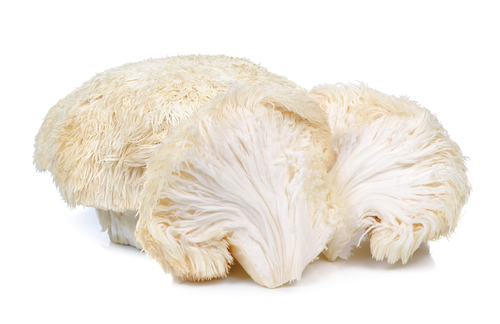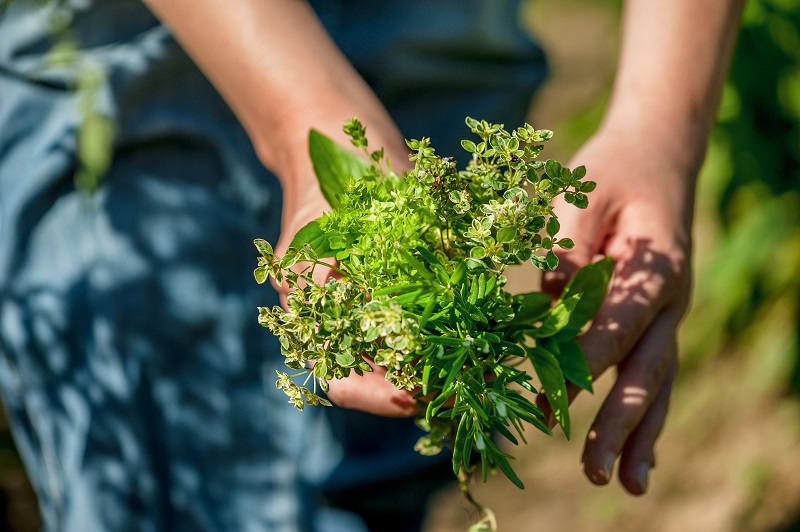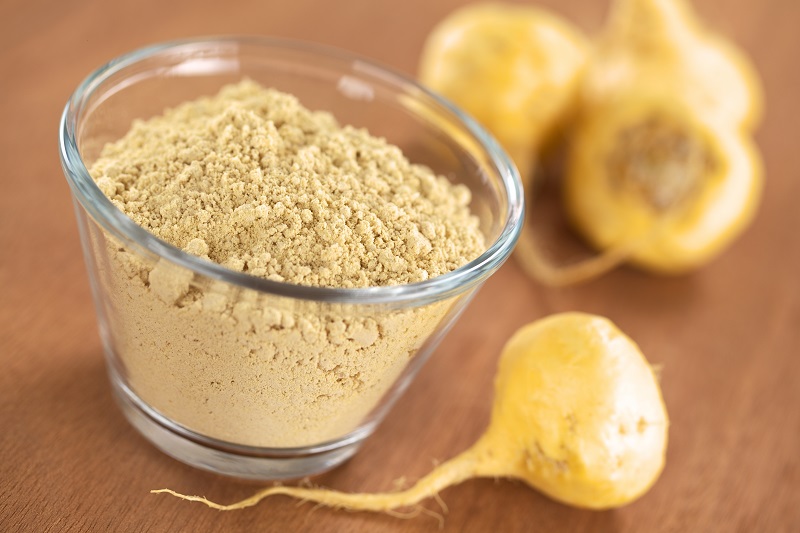Herb Highlights: Lion’s Mane
Introduction
Native to North America, Europe, and China, Lion’s mane mushrooms grow on hardwood logs or stumps.1 Unlike other mushrooms, with a stalk and a cap, lion’s mane’s fruiting body is made up of white, cascading spines2 which account for its many other common names: mountain-priest mushroom, bearded tooth fungus,1 old man’s beard, pom pom, and hedgehog mushroom.2
Lion’s Mane for the Brain & Body
Lion’s mane is an edible mushroom that has a long history in Traditional Chinese Medicine.1 Recently, it has been the subject of many scientific studies examining its effect on brain function including mood and focus.2 The active chemicals in lion’s mane are hericenones and erinacines which have neurotrophic properties.3 It is also rich in beta-glucan polysaccharides4 which are a prebiotic fibers that impact the digestive system.5 Therefore, it is a versatile mushroom that can be used in food, drink, and dietary supplements to support both the nervous and digestive systems.
Cultivation and Conservation
As with anything, an increase in the popularity of lion’s mane mushrooms can quickly become a threat to its survival. In fact, in the United Kingdom, it has the highest level of protection and is illegal to harvest.1 However, here in the United States, you can grow your own using a kit or if you live in a fungus-friendly area of the country, you might be able to find it at a farmer’s market!
Sources
1 – Hericium erinaceus – Wikipedia
2 – Lion’s Mane Mushroom | The Herbal Academy
3 – Lion’s Mane









